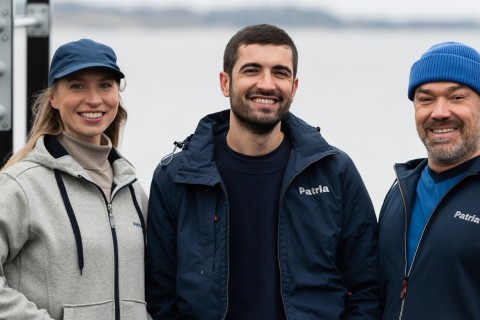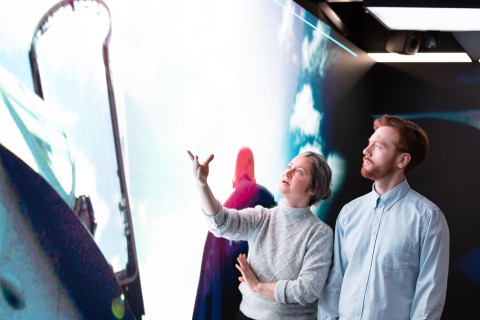
31.5.2018
Patria’s neural network is being used to model the lifecycles of structures belonging to the Finnish Air Force’s Hornet fighters. Growth in numerical modelling looks likely due to large data volumes and greater computing power.
Jarkko Tikka, Vice President, Product Development at Patria Aviation, comments that the world’s first computational model to be taken into operational use has helped to reduce the need to physically inspect Hornet fighters. “Hornets are a costly investment. Monitoring and anticipating their condition and performance are important both economically and in terms of guaranteeing flight safety,” he stresses. The obvious benefits of numerical modelling have also increased the interest of both the civil aviation sector and non-aviation segments. The development work underway for around almost fifteen years in Patria is gaining momentum from big data and higher computer speeds. Due to large data masses, data is becoming easier to use, the number of parameters is growing and the share of human labour is falling. The use of numerical modelling to detect various abnormalities is likely to increase in the future. Tikka views self-learning maps, whereby complex phenomena can be clustered into visualisable groups to enable analysis, as one line of development. “Numerical modelling is progressing towards system-specific solutions. Thanks to big data, the starting points for this are good. The more digital source data we have available, the better and more efficient are the models we can develop,” says Tikka.
What did you like about the article?
Thank you for your opinion! You can share the article on social media using the buttons below:


























